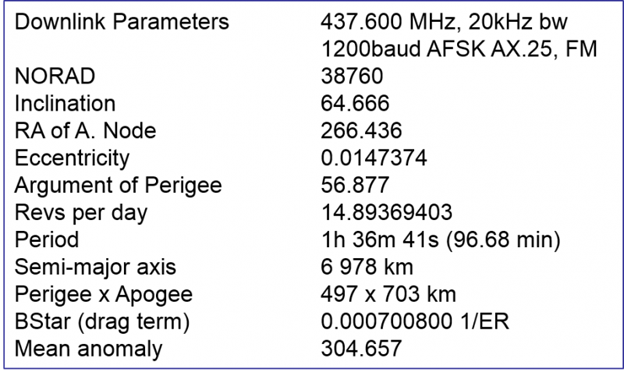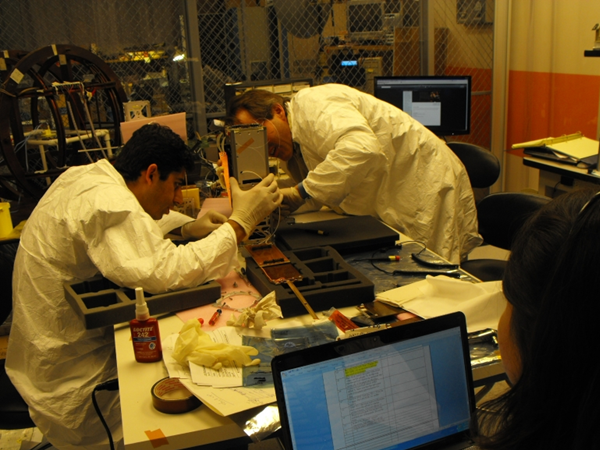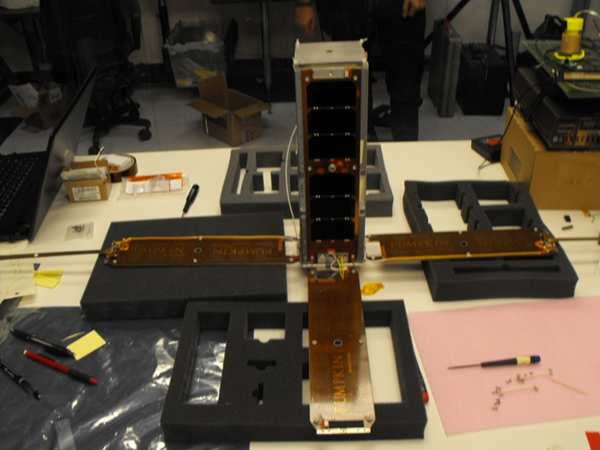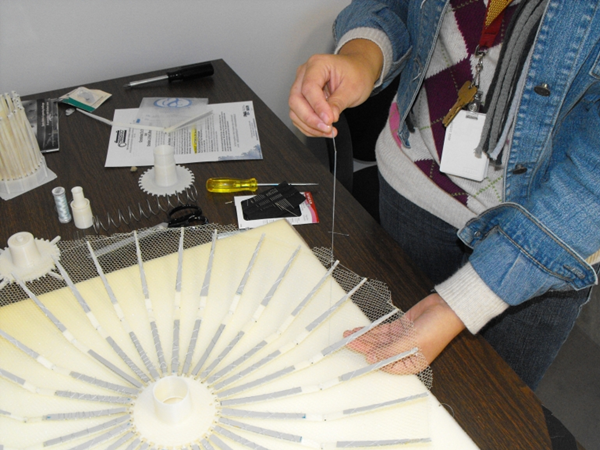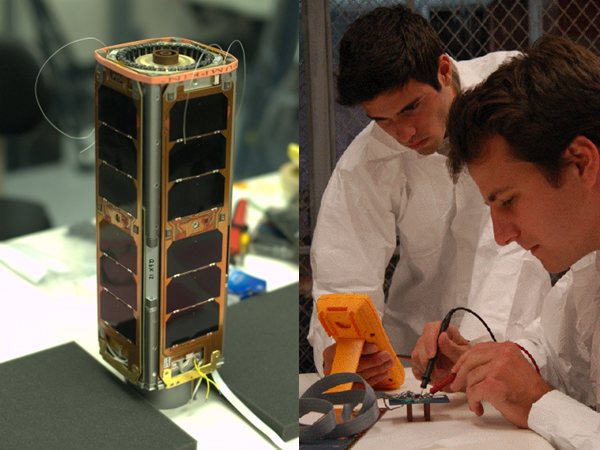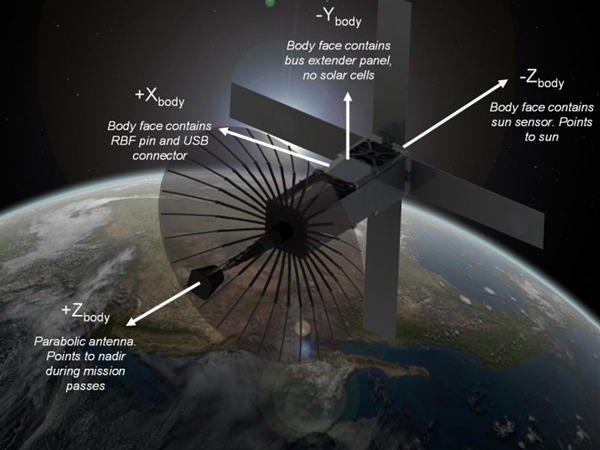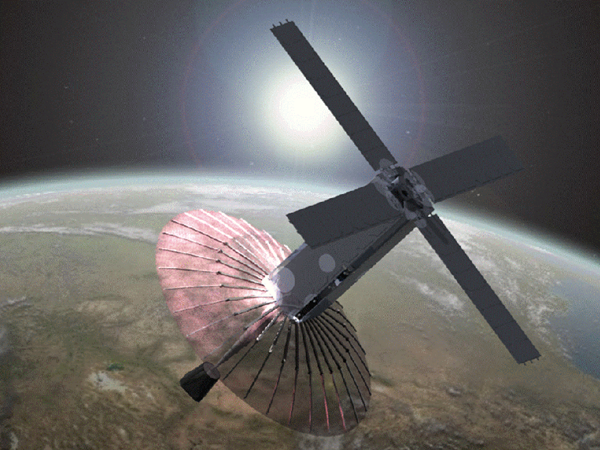Aeneas and Micro-Satellites
Aeneas was USC's first satellite build, test, launch and operations. It was launched in 2012 and is still on orbit and operating as of Summer 2020, transmitting a beacon code every 60 seconds roughly. Aeneas was a 3U Cubesat that came from the MISC-2 bus from Pumpkin, originally sponsored by an open project call from NRO to explore what Cubesats can do for advancing new space technology test and validation. The team was a compilation of SERC staff, faculty and students over the course of many years. One of the unique attributes of Aeneas was the creation of the worlds first deployable mesh 0,5meter dish antenna out of a Cubesat, that flew. Shown below are various photos and videos that show what the Aeneas team experienced in USC's first satellite project.
If you want to participate in Aeneas today, you can actually download the beacon analog signal using your RF equipment and decode the packets with a decoder provided here:
PACKET EXAMPLE
A sample packet is shown below for illustration. The ASCII characters represent hexadecimal digits. The bit patterns encoded by these digits are interpreted based upon their position in the packet.
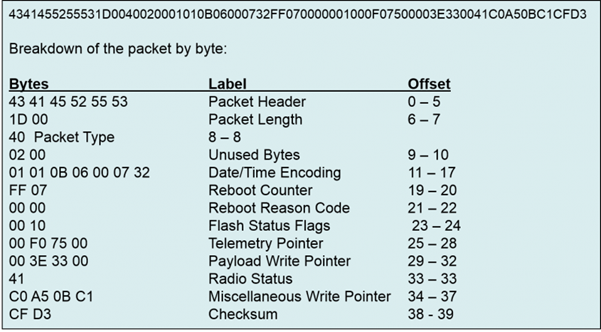
The first six bytes represent a marker token that signals that a packet follows, and is associated with the AENEAS satellite. For Aeneas however, the word "CAERUS" is used. (CAERUS is the name of the previous spacecraft the flew prior to Aeneas, see Caerus on the Nanosatellite page for more information.) This marker will always be 434145525553, or "CAERUS" represented in ASCII. The final two bytes of the packet are a checksum, where the decoder calculates the checksum and compares it to this value to validate that the data packet is correct.
Video Simulation of Aeneas
